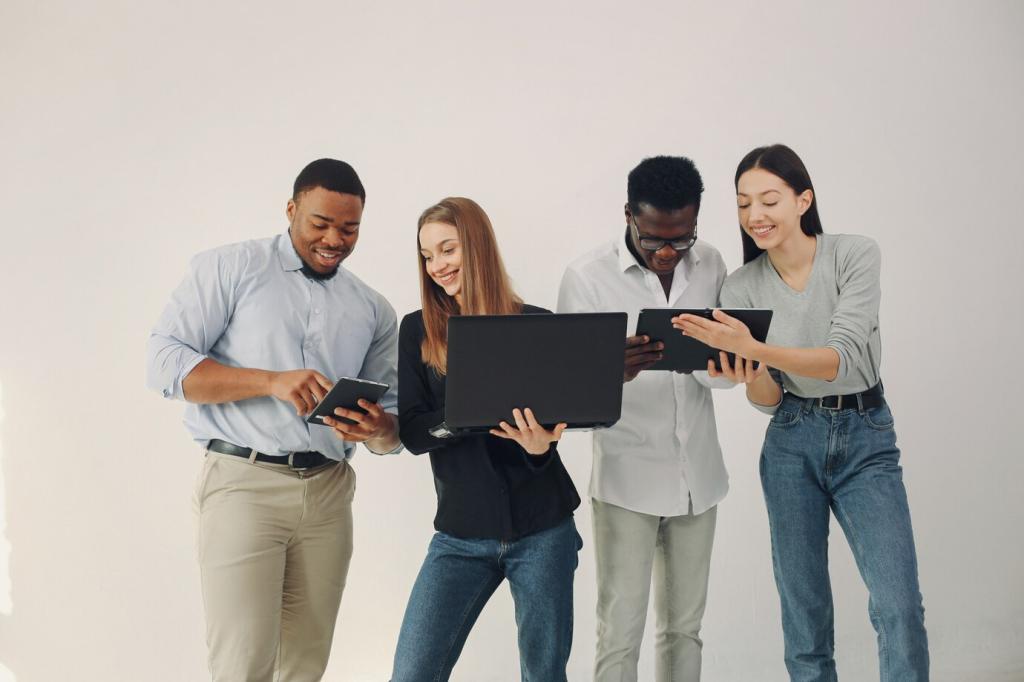Designing Inclusive Virtual Heritage
Offer seated modes, adjustable locomotion, one-handed controls, and remappable inputs. Provide clear wayfinding and generous interaction zones. Comfort-first design ensures elders, children, and people with mobility differences can participate. Comment with barriers you’ve encountered, and we’ll refine our next release around your insights.
Designing Inclusive Virtual Heritage
Multiple languages, accurate captions, audio description, and optional sign-language overlays open doors. Community translators can keep terminology respectful and current. Which languages or dialects should we add first? Nominate volunteers and we’ll coordinate credit, training resources, and sustainable translation workflows.
Designing Inclusive Virtual Heritage
Motion sickness, content warnings, and session timers matter. Provide teleport alternatives, vignette options, and gentle onboarding. Flag sensitive material before scenes begin. Tell us how you manage comfort for yourself or your audience, and we’ll publish a shared checklist for safer virtual heritage visits.
Designing Inclusive Virtual Heritage
Lorem ipsum dolor sit amet, consectetur adipiscing elit. Ut elit tellus, luctus nec ullamcorper mattis, pulvinar dapibus leo.



